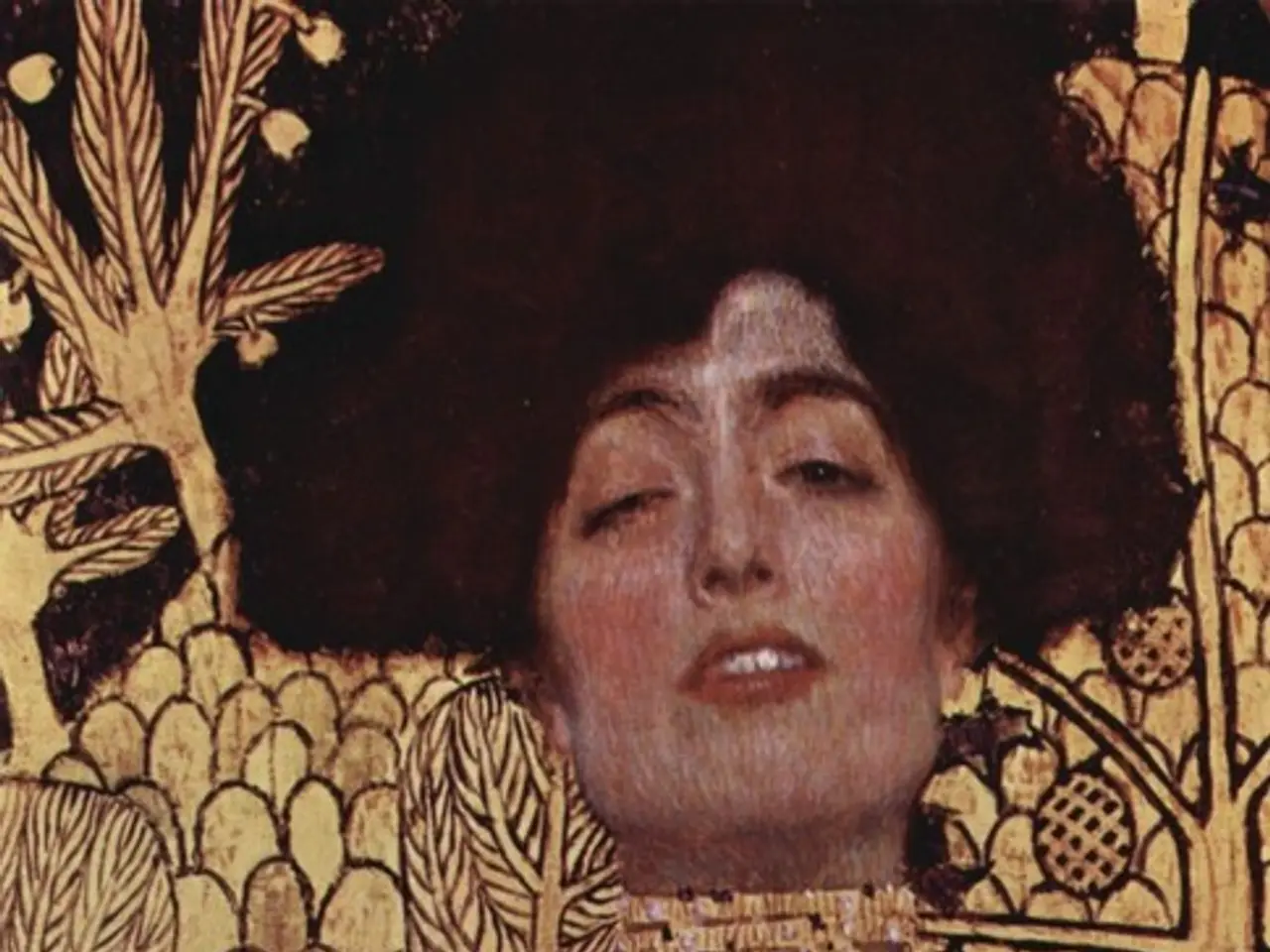Duration of Oil Paint Drying: Explanation of Timeframes
Understanding the Drying Process of Oil Paint
Oil painting, a cherished art form known for its rich colors and textures, requires careful consideration of various factors to ensure the longevity of the artwork. One crucial aspect is understanding the drying process of oil paint.
Factors Affecting Drying Time
The drying time of oil paint is influenced by several interrelated factors, including composition, environmental conditions, and the mediums or additives used.
- Composition: Oil paints primarily dry through an oxidative process called polymerization, where oxygen reacts with the oil binder (commonly linseed oil) to form a solid film. The type of oil binder impacts drying time; for example, more oil in the paint slows drying. Paints with alkyd resins (a type of binder) may dry faster than traditional linseed-oil paints.
- Environmental conditions: Temperature, humidity, and light significantly influence drying time. Warmer temperatures accelerate the oxidation process, speeding drying, while cooler temperatures slow it. Lower humidity allows faster drying because high humidity can slow oxidation and retain moisture, delaying curing. Ambient light also helps speed drying by promoting oxidation. Fluctuations in relative humidity can cause water absorption in paint layers, which impacts drying and degradation, especially for acrylics but similarly relevant to oil-based systems.
- Mediums and additives: Adding extra oil to paint slows drying because it increases the thickness of the oil layer to oxidize. Conversely, using certain additives like alkyd mediums can speed drying by chemically altering the binder. Applying paint thinner or solvent reduces drying time by facilitating solvent evaporation, but over-thinning or too much oil can cause prolonged drying and problems with the paint layers.
Techniques for Quick Drying
Drying oil paint quickly requires some thoughtful techniques, including using fast-drying mediums, adjusting room temperature and humidity, and layering techniques for quicker results. Proper planning involves understanding the thickness of the paint you intend to use and estimating the appropriate drying time needed before applying additional layers.
- Environmental control: Keep your artwork elevated off the floor by utilizing stands or easels to enhance air circulation. This ensures that air can circulate around all sides of the piece, facilitating even drying. When selecting a location for drying, choose a clean, dust-free area with minimal foot traffic and well-maintained surfaces to reduce the likelihood of airborne particles disrupting the drying process.
- Medium selection: Fast-drying mediums, such as alkyd resin, can reduce drying time. However, it's essential to consider the compatibility of these mediums with the paint and the potential impact on the final texture and finish.
- Layering techniques: Divide your overall project into manageable phases to focus on drying times and ensure each layer has enough time to properly dry before further applications. The texture of the surface matters too; rough surfaces can lead to quicker drying compared to smooth ones.
Importance of Patience
Thin layers of oil paint dry faster than thick layers; thin applications can dry within hours or days, while thick layers may take several weeks or even months to fully dry. Artists should set aside extra time for the drying process, particularly when working on complex or highly detailed pieces.
It's crucial to be patient during the drying process to avoid issues such as cracking or uneven textures. Knowing how to test for dryness ensures the longevity of artwork during each stage of its life. Testing whether oil paint is fully dry is crucial for the next steps in your artwork; using the touch method or chemical testing can help determine if the paint is dry. Time guidelines for safe handling recommend waiting up to a week for thin layers to solidify, while thick applications may take weeks or even months for full curing.
In conclusion, understanding the factors affecting the drying time of oil paint and employing proper techniques can help artists create beautiful and lasting works of art.
- Ceramics and watercolor, two different mediums in the world of art, follow distinct drying processes, unlike oil paint. While oil painting dries through oxidation as oil binders react with oxygen, ceramics dry by losing water content during the firing process, and watercolor dries as the water evaporates.
- Knowledge of the drying process in oil painting can also extend to understanding the curing process of certain medical-conditions or health-and-wellness strategies. For instance, similarly to how environmental conditions like temperature can affect the drying time of oil paint, they can also influence recovery times in rehabilitation or the efficacy of certain treatments.
- When considering the science behind the drying process of oil paint, it's fascinating to think about applications in other fields. For example, understanding polymerization (the key process in oil paint drying) can offer insights into the manufacturing of advanced materials like plastics or adhesives, or even predicting the behavior of complex biological systems.




